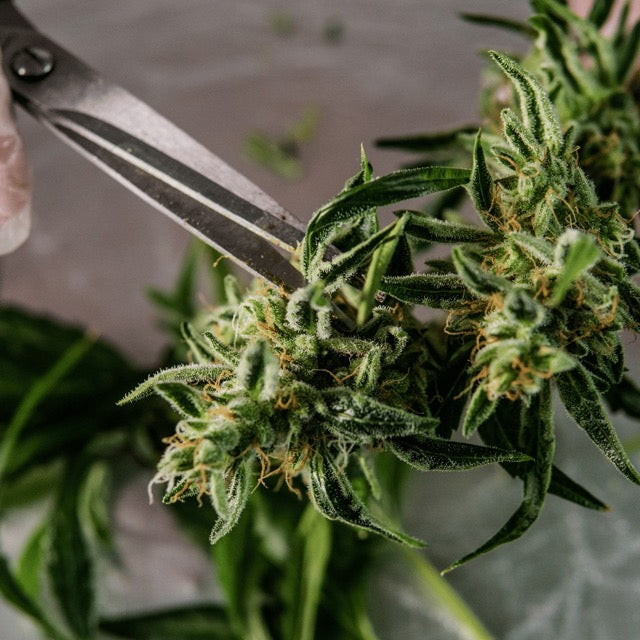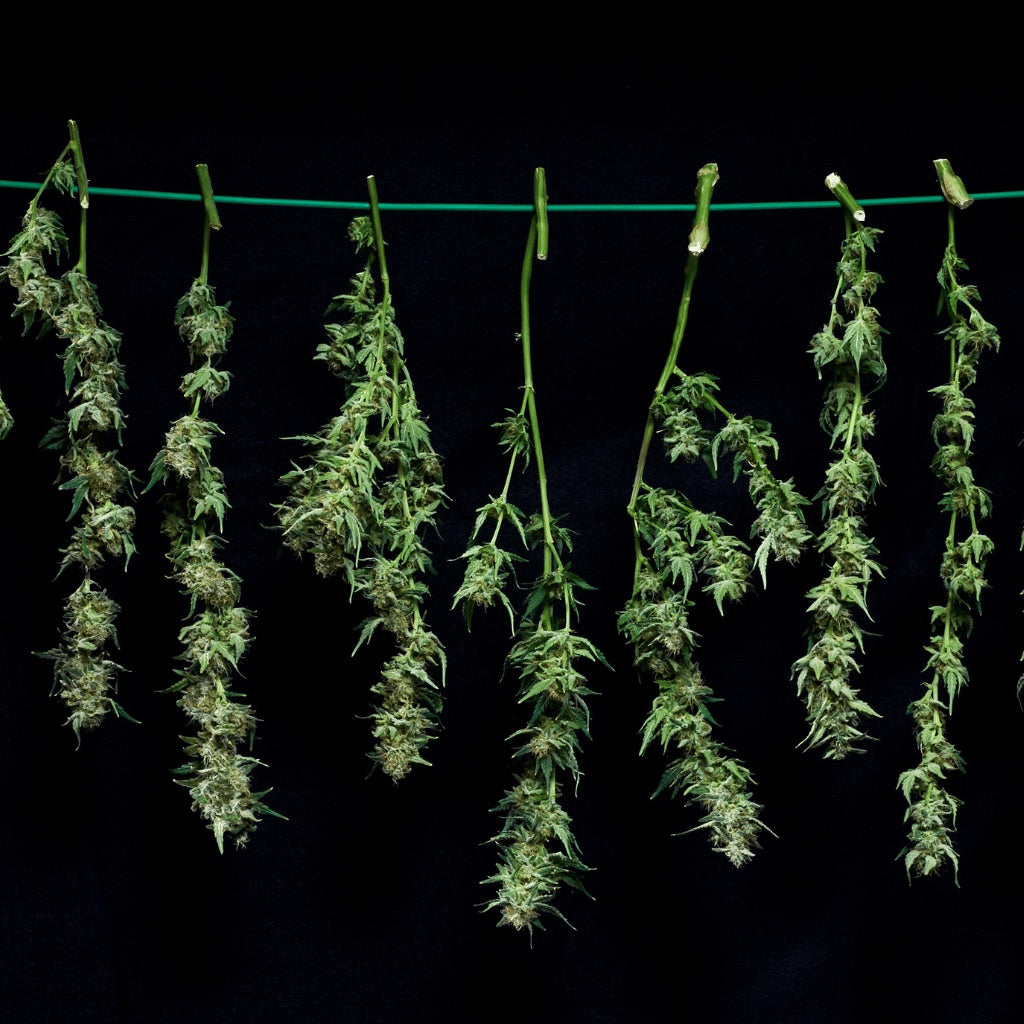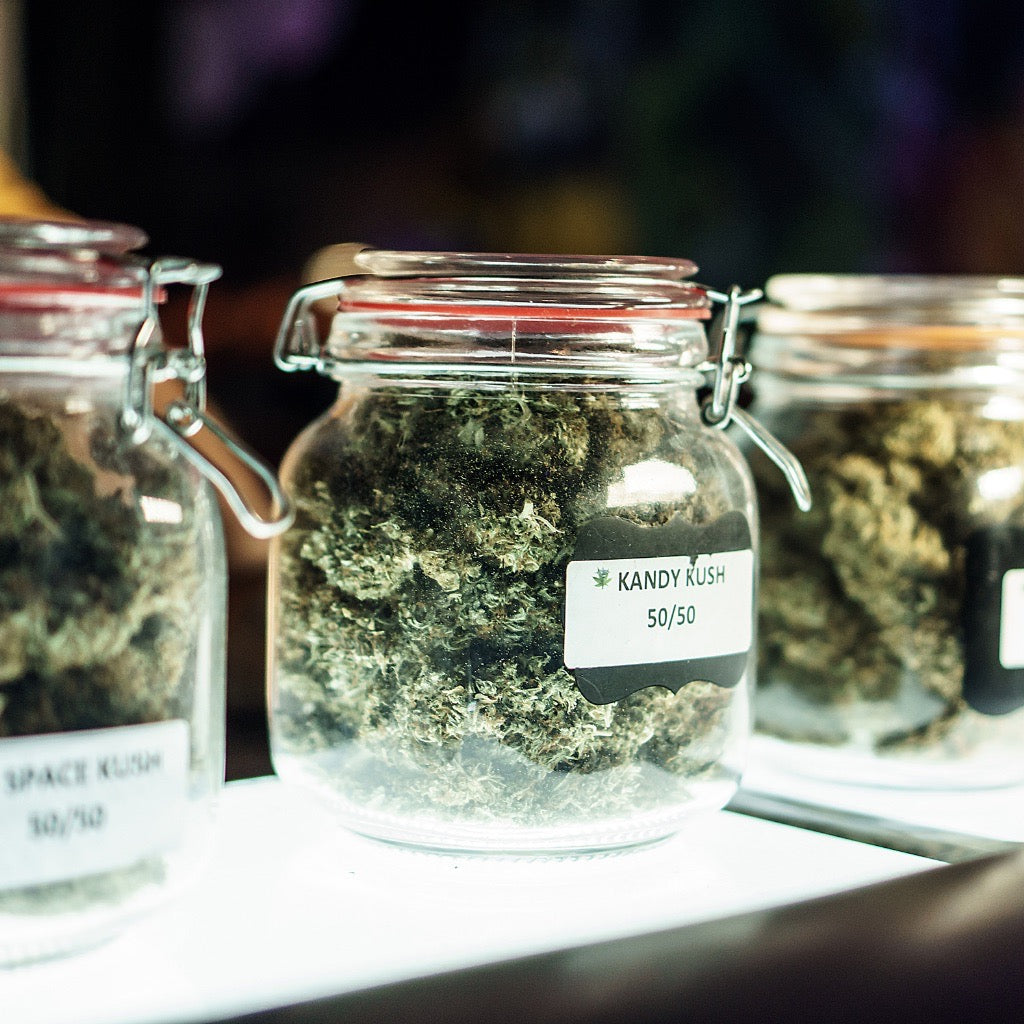The Ultimate Guide to the Perfect Cannabis Harvest Process
Harvesting cannabis is a critical moment in the cultivation process, requiring patience and precision. A key part of this process is trimming the buds to remove excess leaves and make the flowers visually appealing. Two main methods are commonly used: dry trimming and wet trimming. Both techniques have their own pros and cons and can vary depending on individual preferences and cultivation conditions. This article provides a comprehensive overview of both methods and explains how to execute them properly to ensure the best quality and potency of cannabis buds.
Dry Trimming
Dry trimming is a popular method where cannabis flowers are first dried and then trimmed. This approach is often preferred because it can enhance the quality and flavor of the buds.
Advantages of Dry Trimming
• Slower Drying: Gradual drying allows for even dehydration, resulting in better curing and a more intense aroma.
• Improved Quality: Dry-trimmed buds often retain more of their natural flavor and aroma since the trichomes are less likely to be damaged.
• Easier Trimming: Leaves shrink during drying, making them less sticky and easier to trim.
Disadvantages of Dry Trimming
• Space Requirement: Dry trimming requires more space as whole plants or large branches need to be hung for drying.
• Mold Risk: Without proper air circulation, the retained moisture in the leaves can increase the risk of mold.
How to Dry Trim
Preparation
• Harvest Timing: Start harvesting when the trichomes are milky white, and 70–90% of the pistils are brown or red.
• Tools: Prepare sharp scissors, gloves, and clean containers.
Steps in Dry Trimming
1. Drying:
• Cut the branches with buds and hang them upside down in a dark, well-ventilated room.
• Maintain an ideal temperature of 18–22°C (64–72°F) and a humidity level of 45–55%.
• Allow the buds to dry for 7–14 days until the stems snap with slight pressure.
2. Trimming:
• Lay the dried buds on a clean surface.
• Carefully remove the sugar leaves with sharp scissors, ensuring minimal damage to the trichomes.
• Save the trimmed leaves for concentrates or edibles.
Wet Trimming
Wet trimming involves trimming the buds immediately after harvest before they are dried. This method is faster and requires less space but has its own challenges.
Advantages of Wet Trimming
• Faster Drying: Removing the leaves immediately speeds up the drying process, reducing mold risks.
• Space-Saving: Without the wet leaves, buds take up less drying space.
• Cleaner Buds: Wet-trimmed buds often appear cleaner and more uniform.
Disadvantages of Wet Trimming
• Sticky Process: Trimming fresh, resin-coated buds can be messy and sticky.
• Faster Drying: Rapid drying can lead to brittle buds and affect the flavor.
How to Wet Trim
Preparation
• Harvest Timing: Ensure the plants are harvested at the optimal time, with properly matured trichomes and pistils.
• Tools: Have sharp scissors, gloves, and clean containers on hand. Use a cloth with alcohol to keep the scissors residue-free.
Steps in Wet Trimming
1. Harvesting:
• Cut the branches with the buds and start trimming immediately.
2. Trimming:
• Use sharp scissors to remove sugar leaves carefully. Avoid damaging the trichomes.
• Save the trimmed leaves for future use.
3. Drying:
• Lay the trimmed buds on drying racks or hang them in a well-ventilated room.
• Ensure optimal air circulation to achieve even drying.
Conclusion
The choice between dry and wet trimming depends on your individual preferences and cultivation conditions. Both methods have distinct advantages and disadvantages, and selecting the right method depends on what best suits your needs.
• Dry Trimming: Offers slower drying and higher quality but requires more space and patience.
• Wet Trimming: Faster and space-efficient but can be messier and may affect the flavor.
Regardless of the chosen method, careful trimming is vital to achieving the best results. Ensure you have all the necessary tools and materials ready, and follow the steps diligently to harvest high-quality, flavorful cannabis buds.




Leave a comment
This site is protected by hCaptcha and the hCaptcha Privacy Policy and Terms of Service apply.